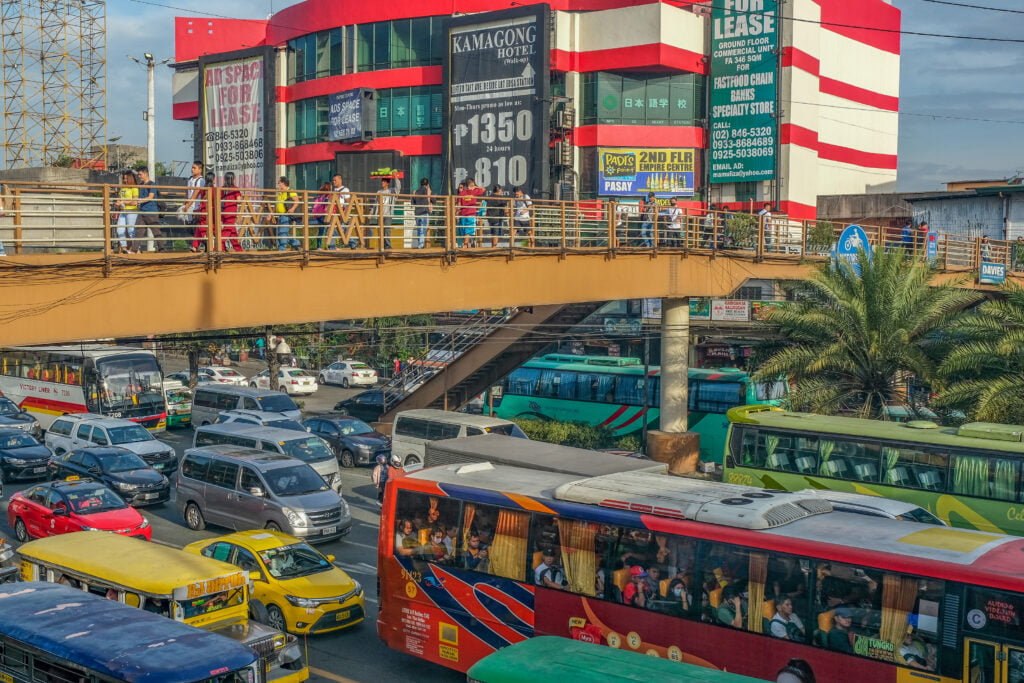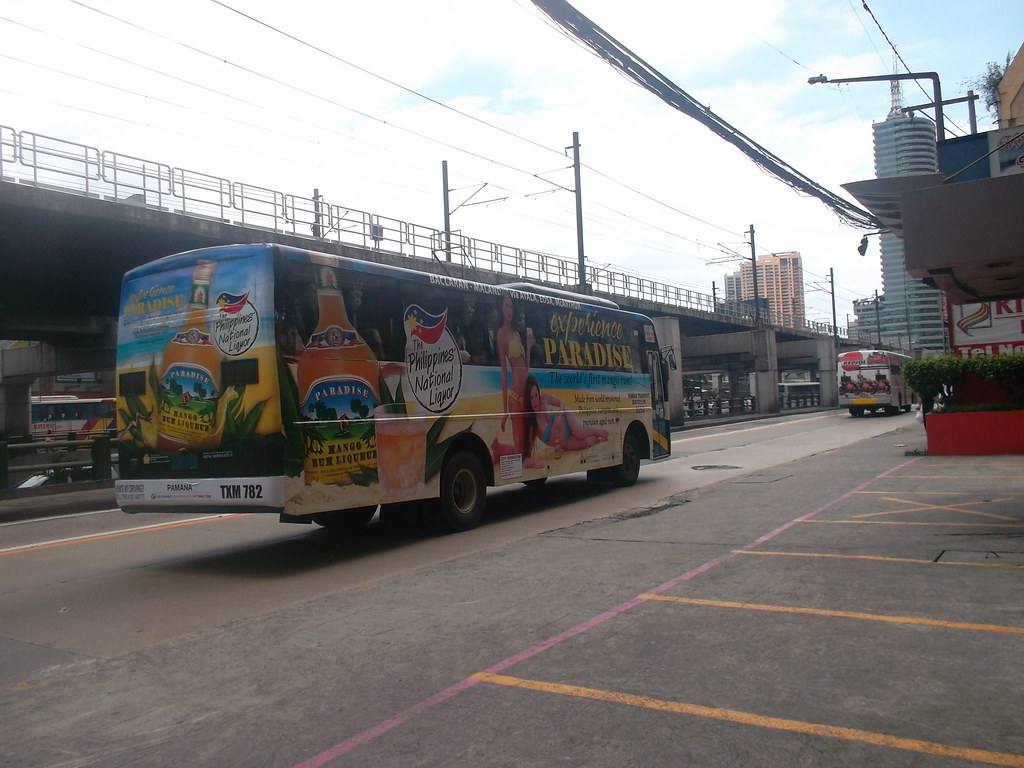Transit Advertising Philippines: A Cutting-edge Means to Promote
Exactly How Transportation Marketing Can Change Public Transportation Spaces Into Dynamic Advertising And Marketing Platforms
Transportation advertising holds considerable possibility to redefine public transport rooms into lively advertising platforms that involve and inform. By utilizing ingenious styles such as interactive stands and digital displays, brands can not just get to a diverse target market but likewise boost the total commuter experience. This method produces an one-of-a-kind opportunity for brands to attach with consumers in a setup that is usually neglected. As we check out the diverse advantages and advancing strategies of transit marketing, it elevates the inquiry of exactly how this makeover could redefine our interactions with both brands and the urban atmosphere.
Advantages of Transit Advertising

Furthermore, transit advertising and marketing is highly cost-effective contrasted to traditional media. It permits advertisers to attain high impressions at reduced expenses, maximizing return on financial investment. The captive target market of commuters supplies an opportunity for brand names to convey their messages to individuals that are commonly receptive throughout their traveling times.
Additionally, the vibrant nature of transit marketing permits campaigns to be upgraded regularly, making certain that messaging stays prompt and pertinent. This adaptability can be vital in reacting to market trends or marketing occasions, maintaining the brand top-of-mind for customers. Last but not least, the pervasive presence of transportation advertising and marketing contributes to brand recall; repeated direct exposure within acquainted travel contexts strengthens brand name awareness and promotes customer commitment, inevitably improving and driving sales brand name online reputation.
Types of Transit Marketing
Public transport systems provide various styles for marketing, each dealing with various advertising and marketing methods and audience interaction techniques. One famous kind is external bus and train covers, which cover the whole automobile and develop a mobile signboard result, permitting high visibility in urban environments. These wraps can capture attention as they traverse busy roads, getting to a varied target market.
An additional prominent style is interior advertising and marketing, that includes posters, electronic screens, and ads on transportation seats. These positionings involve travelers during their trip, strengthening brand messaging in a confined room. Digital shows, specifically, offer the benefit of vibrant content, making it possible for advertisers to update messages in real-time.
Terminal marketing is also substantial, featuring posters, banners, and interactive kiosks within transportation terminals. These ads utilize foot web traffic and can target specific demographics based upon location.
Last but not least, marketing partnerships with transportation authorities can lead to one-of-a-kind campaigns, such as themed transit experiences or occasions, improving the general interaction with travelers. Each kind of transit advertising uses distinct advantages, allowing brand names to customize their method to effectively reach their target market within the general public transportation ecosystem.
Engaging Travelers Successfully
Travelers are progressively flooded with advertising messages throughout their day-to-day travels, making it necessary for brands to engage them in cutting-edge ways. To catch focus in this crowded area, marketers must prioritize imagination and importance. Utilizing captivating visuals and concise messaging can substantially enhance the possibility of engagement.
Interactive aspects, such Find Out More as QR codes or increased fact features, can likewise transform fixed advertisements right into immersive experiences, cultivating a deeper connection with the target market. Brand names need to concentrate on addressing commuters' passions and demands, customizing messages to resonate with their way of life, whether with promotions for regional services or solutions made to boost their travelling experience.
In addition, timing plays an essential role; strategically putting ads during top commuting hours can maximize visibility and impact. Involving travelers properly additionally includes leveraging social networks assimilation, enabling travelers to share their experiences or promotions straight from transportation systems, consequently magnifying brand reach.
In essence, effective involvement pivots on comprehending the traveler trip and developing compelling, interactive, and relevant advertising experiences that not just catch focus yet likewise drive action and loyalty. By doing so, brand names can transform public transportation right into a dynamic advertising system that resonates with its audience.

Measuring Advertising Influence
Exactly how can brands properly examine the effectiveness of their advertising and marketing projects in transit environments? Measuring the impact of transit marketing needs a multifaceted approach that incorporates quantitative and qualitative metrics. One common approach is tracking interaction through mobile analytics, where brands can analyze foot web traffic Learn More patterns and app communications before, during, and after projects.
Surveys can give important understandings into brand recall and consumer view, allowing brand names to gauge exactly how well their messages reverberate with commuters. In addition, keeping an eye on social media interaction pertaining to particular campaigns can expose changes in public assumption and brand name conversation.

Additionally, teaming up with transportation agencies can enhance measurement accuracy, as they usually possess comprehensive market information on ridership trends. By integrating these approaches, brand names can establish a thorough understanding of their advertising effectiveness, guaranteeing that their campaigns not only reach however likewise affect their target market successfully.
Future Fads en route Advertising
A significant shift is anticipated in transportation advertising and marketing as technical innovations and transforming customer actions improve the landscape. Transit Advertising Philippines. The combination of digital screens and interactive media is expected to enhance involvement, permitting brand names to provide dynamic content that reverberates with varied audiences. As public transport systems embrace clever modern technology, marketers will certainly take advantage click here for info of real-time data analytics to customize messages based upon passenger demographics and behaviors
In addition, boosted truth (AR) is poised to revolutionize the means commuters interact with promotions. By supplying immersive experiences, AR can transform a mundane trip into an engaging story that catches attention and cultivates brand commitment. This advancement will likely encourage marketers to produce even more experiential projects that drive consumer communication.
Sustainability is one more critical fad influencing transportation marketing. As ecological consciousness expands, brands will significantly seek to straighten with green methods, making use of sustainable products and promoting environment-friendly efforts within their projects.
Conclusion
In final thought, transportation advertising and marketing supplies significant advantages by enhancing brand visibility and engaging a restricted target market. As patterns progress, the possibility for cutting-edge communications in between brand names and travelers is positioned to grow, making sure that transit marketing continues to be a crucial element of modern marketing techniques.
Transit advertising holds significant possibility to redefine public transport rooms right into lively marketing platforms that engage and educate. The prevalent existence of transportation advertising contributes to brand name recall; duplicated exposure within acquainted travel contexts reinforces brand awareness and fosters customer loyalty, ultimately driving sales and boosting brand name track record.
Exactly how can brands properly examine the efficiency of their advertising projects in transit environments?In verdict, transportation advertising supplies substantial advantages by boosting brand presence and engaging a restricted audience. Transit Advertising Philippines. As trends advance, the capacity for cutting-edge communications between brand names and commuters is positioned to expand, ensuring that transportation advertising continues to be an important part of modern marketing methods